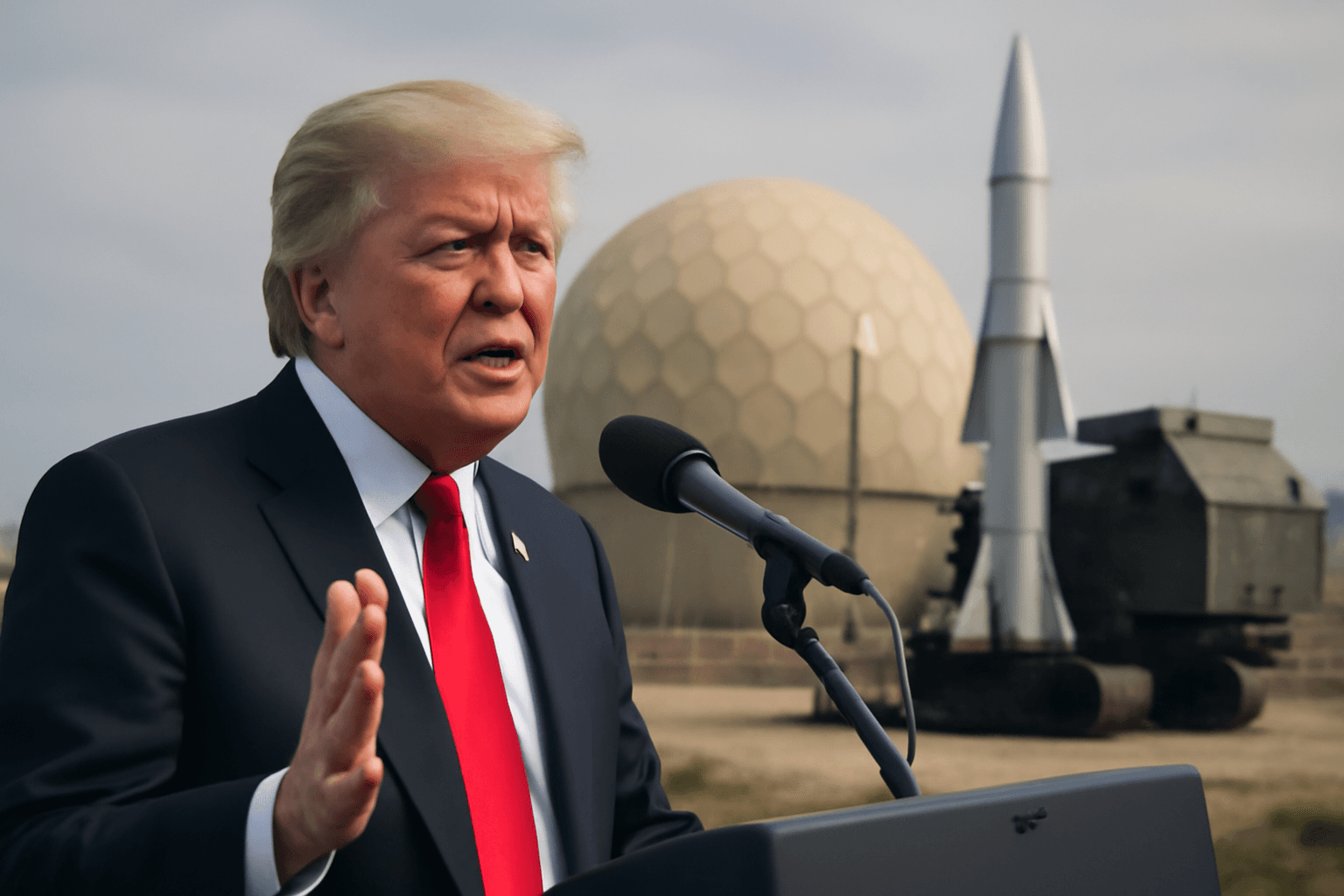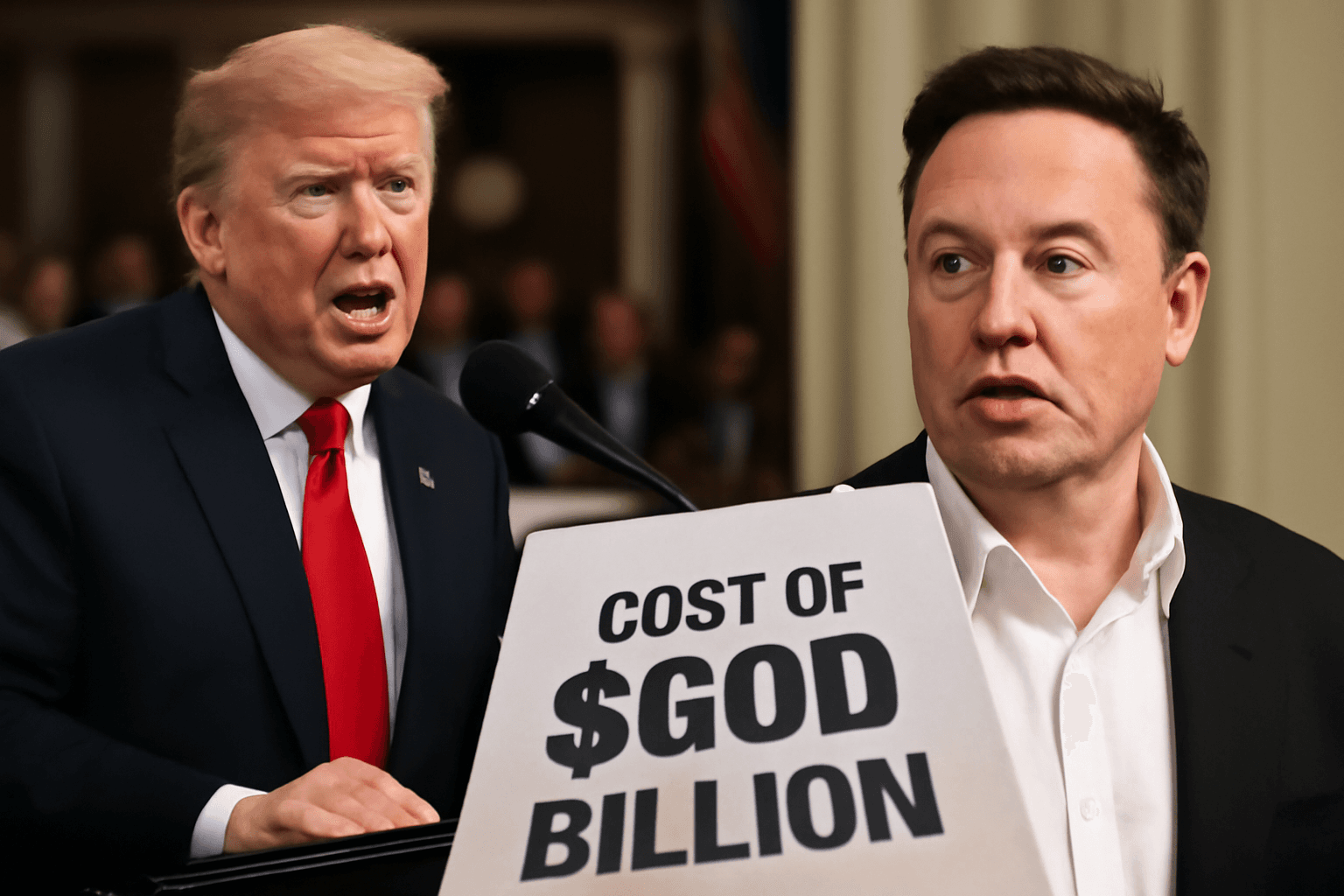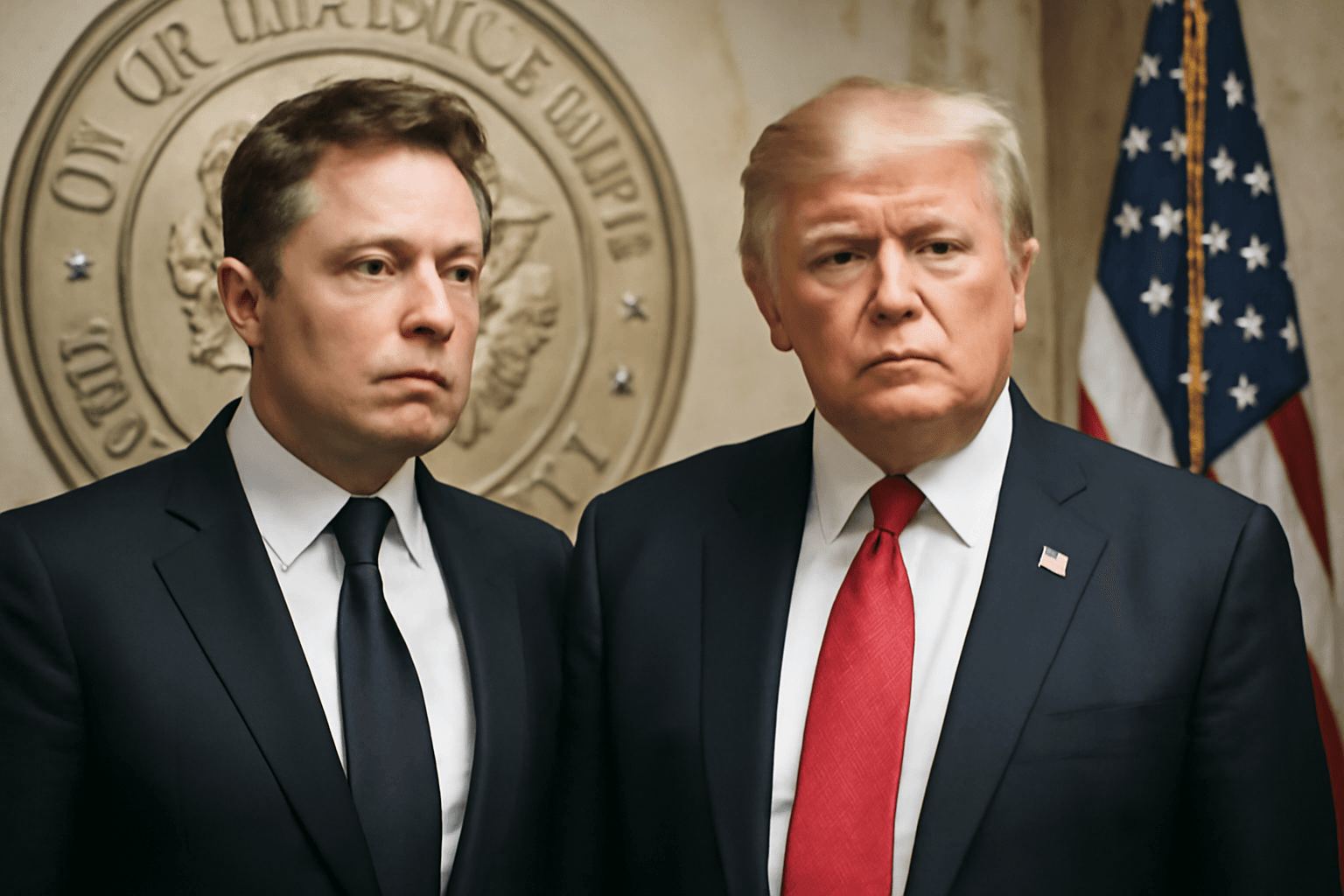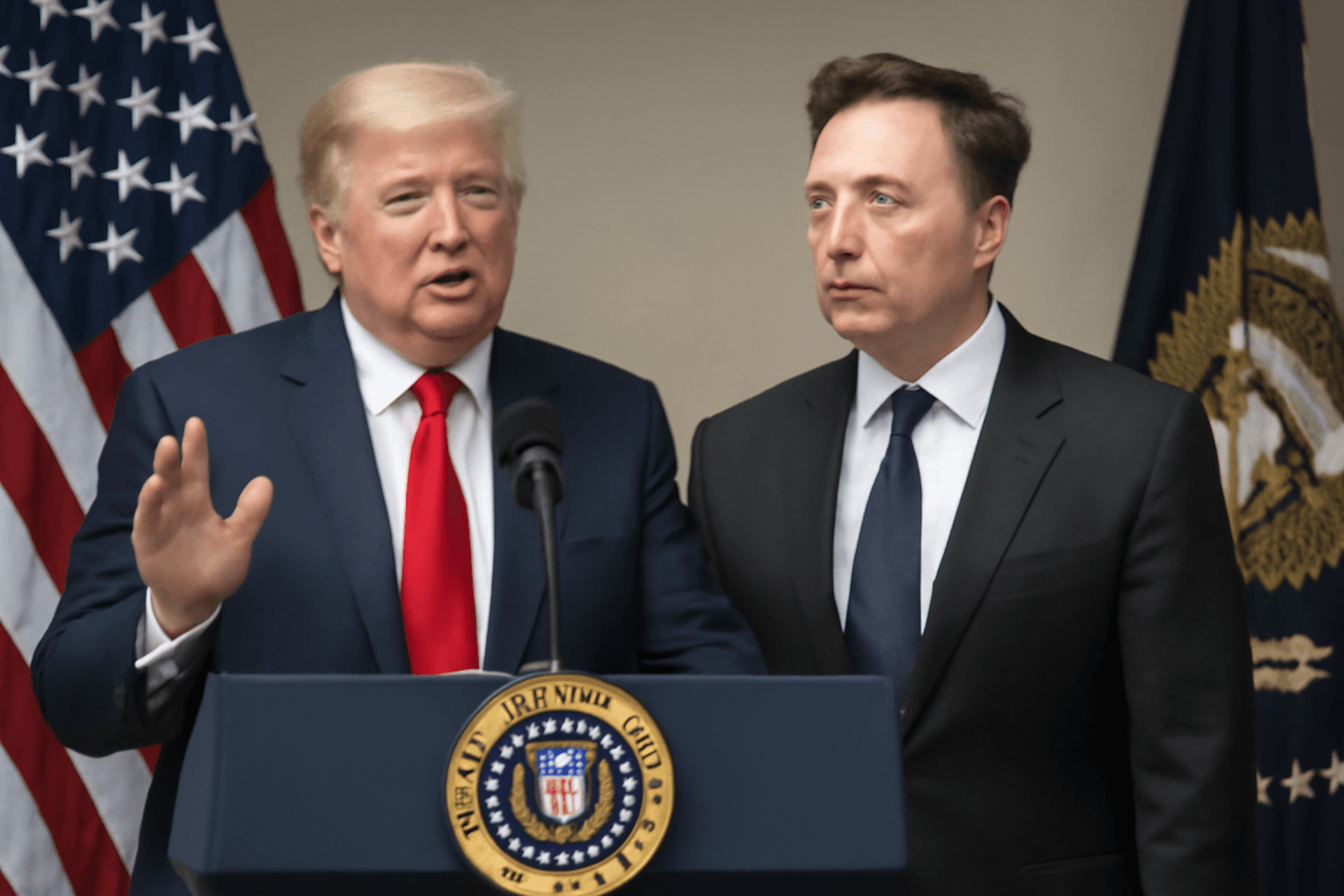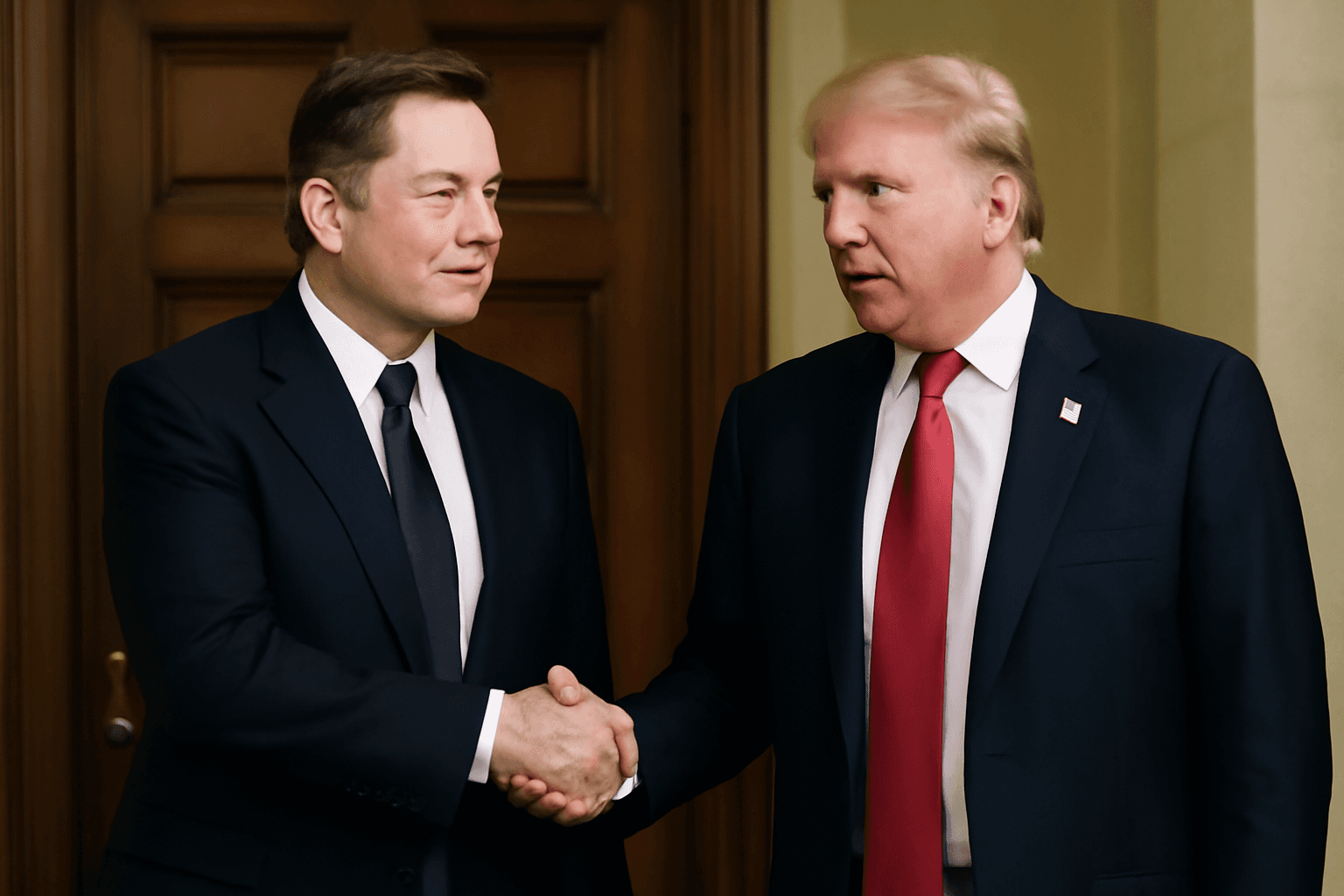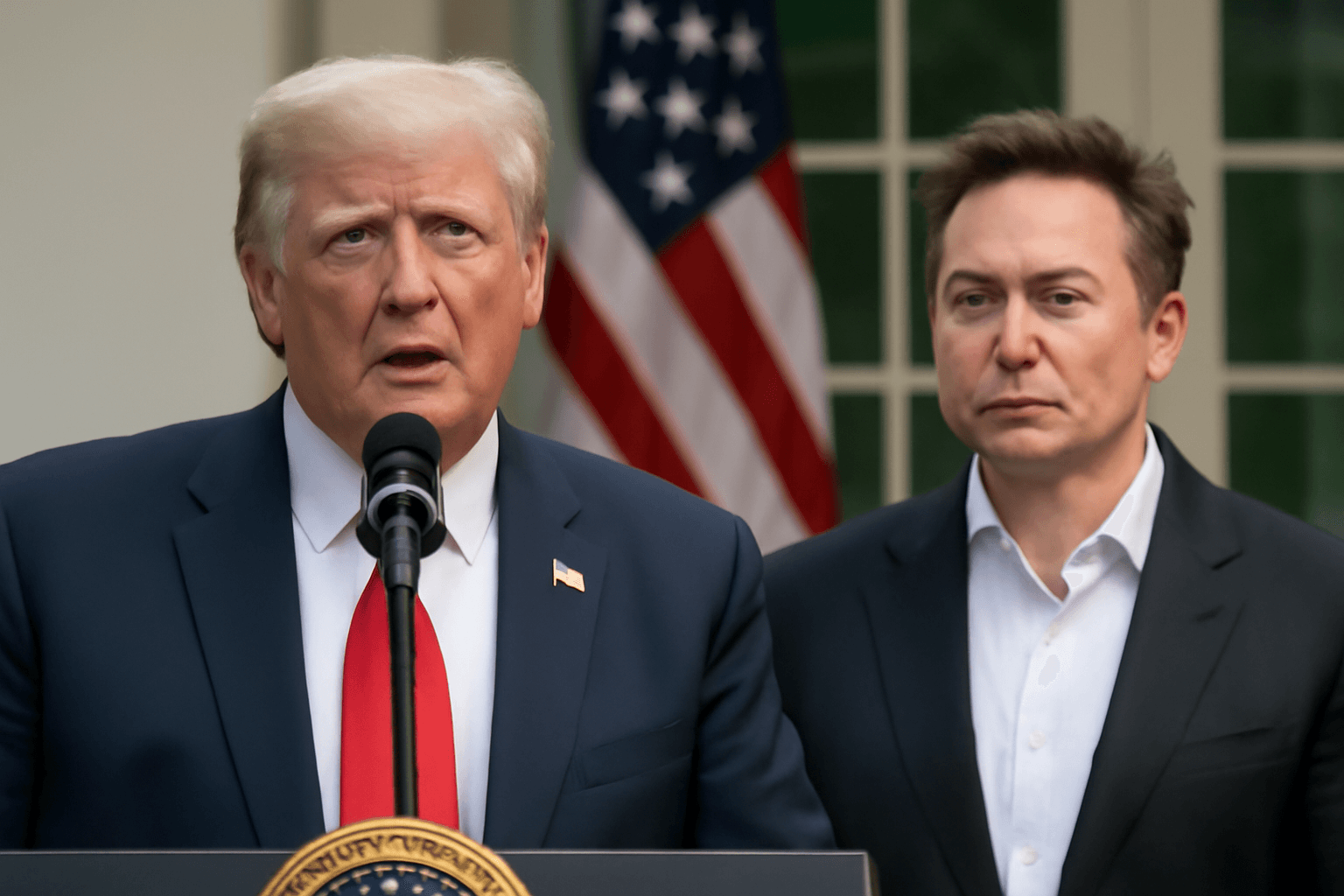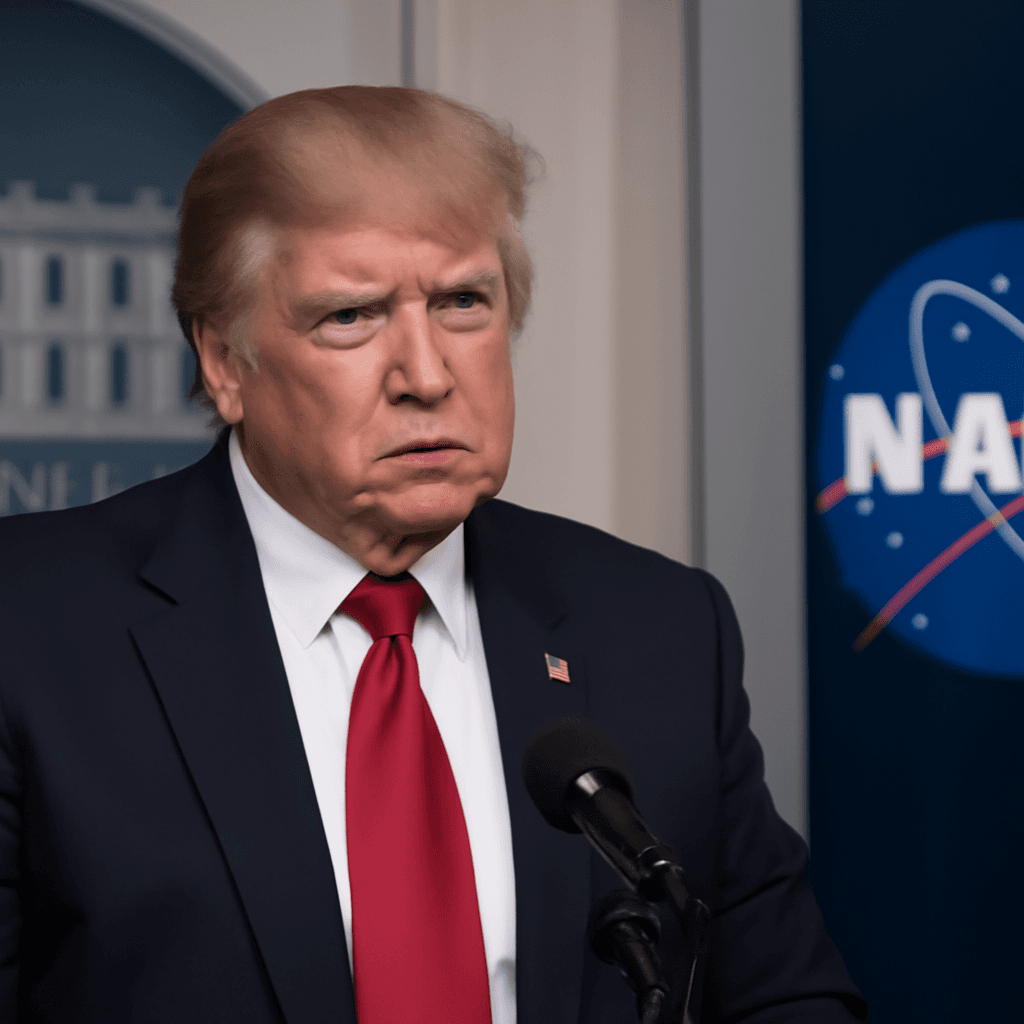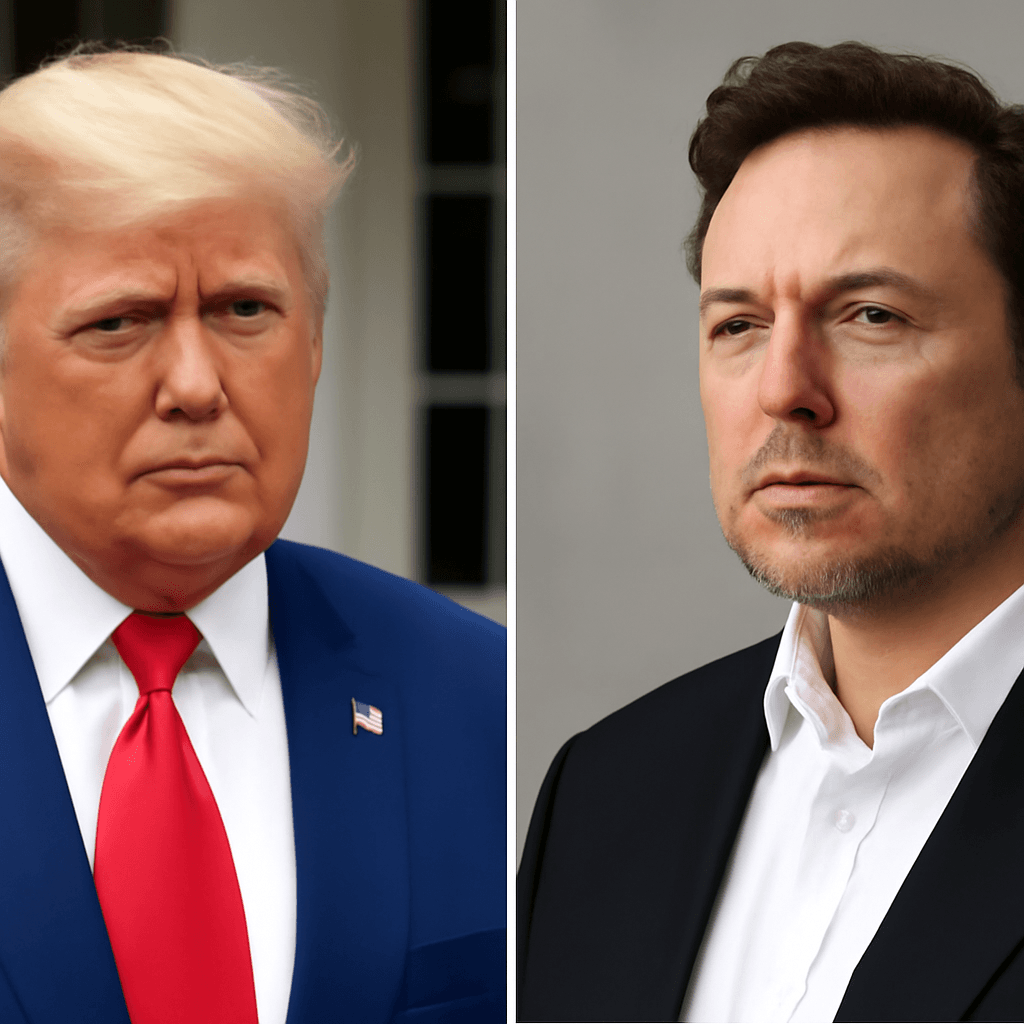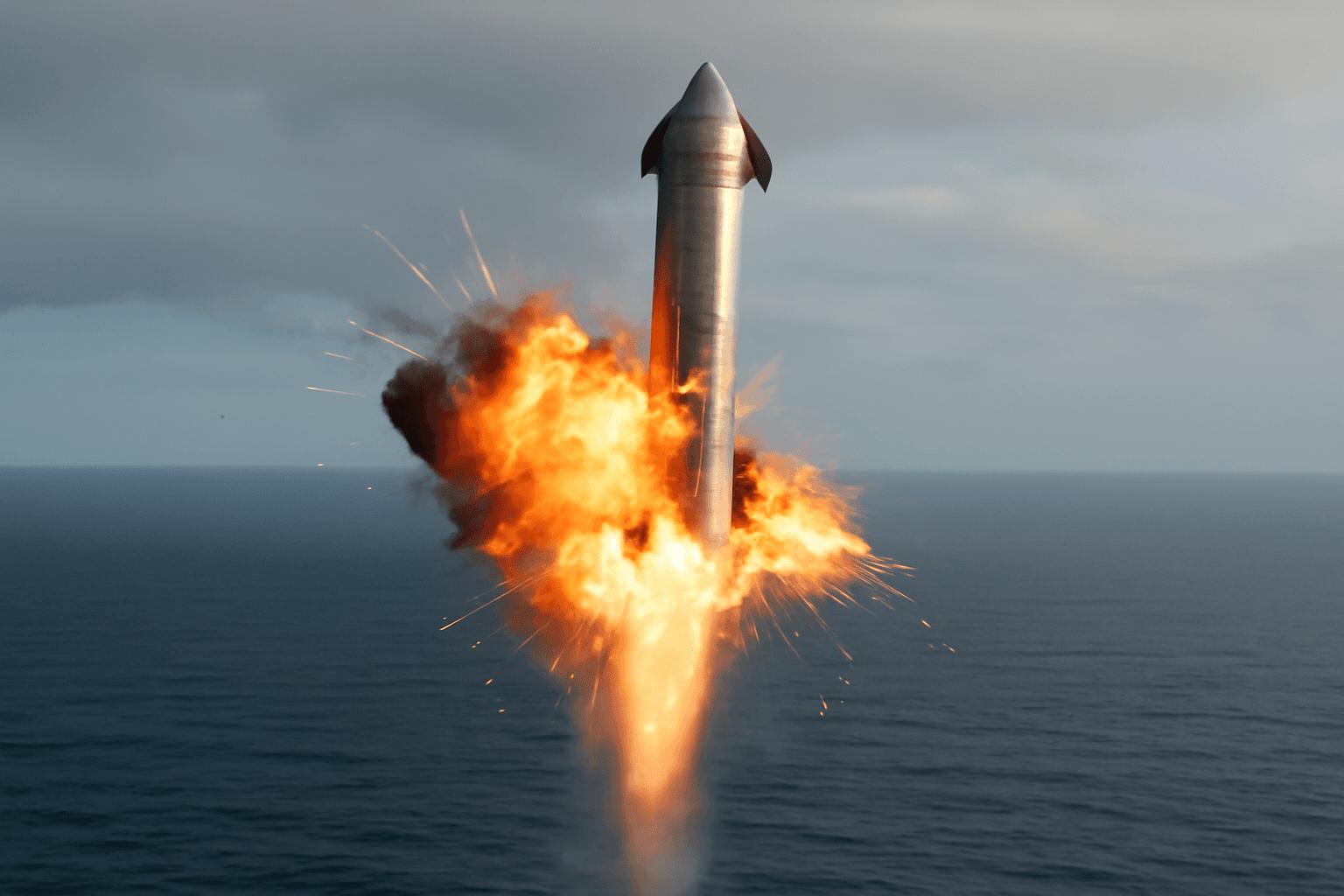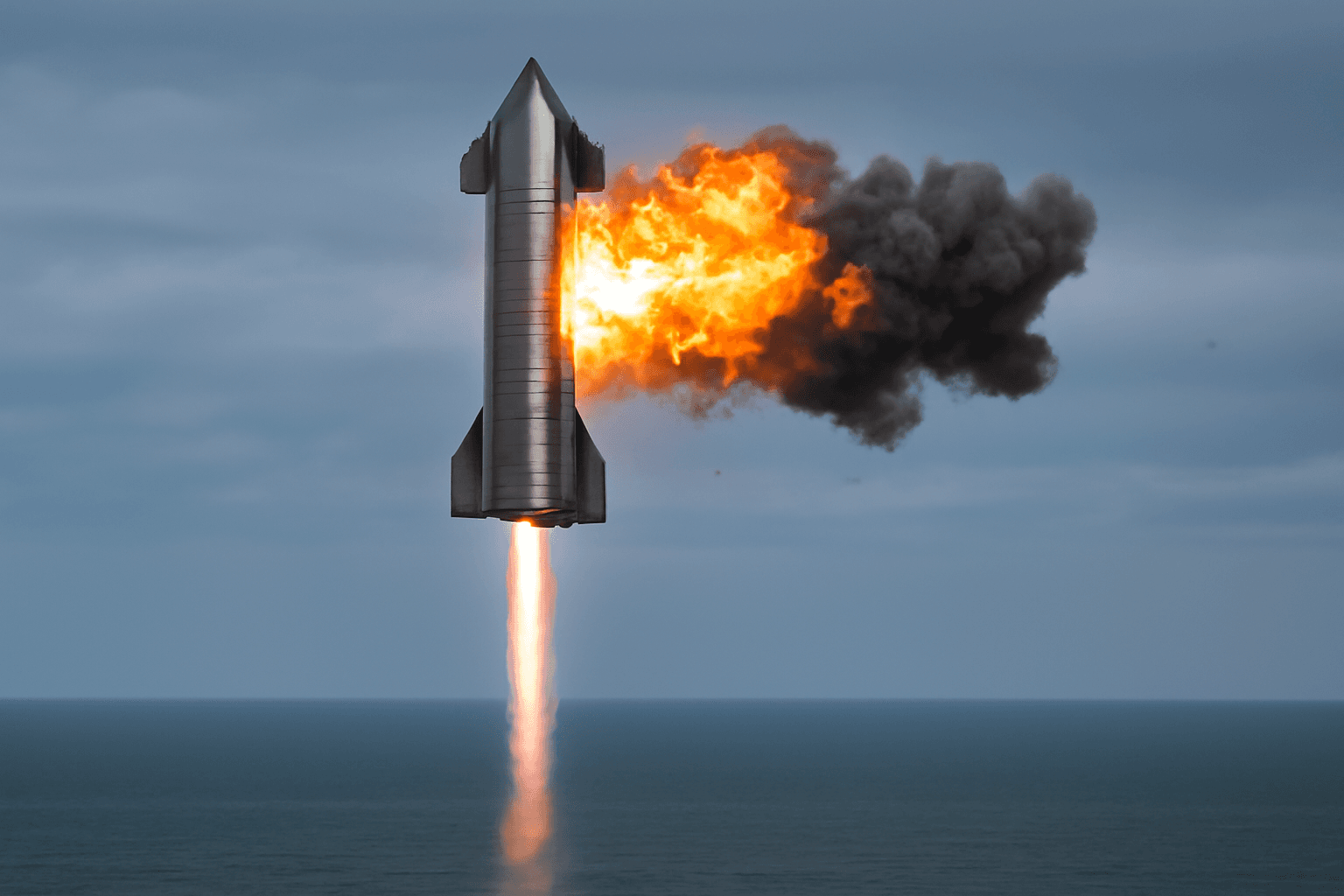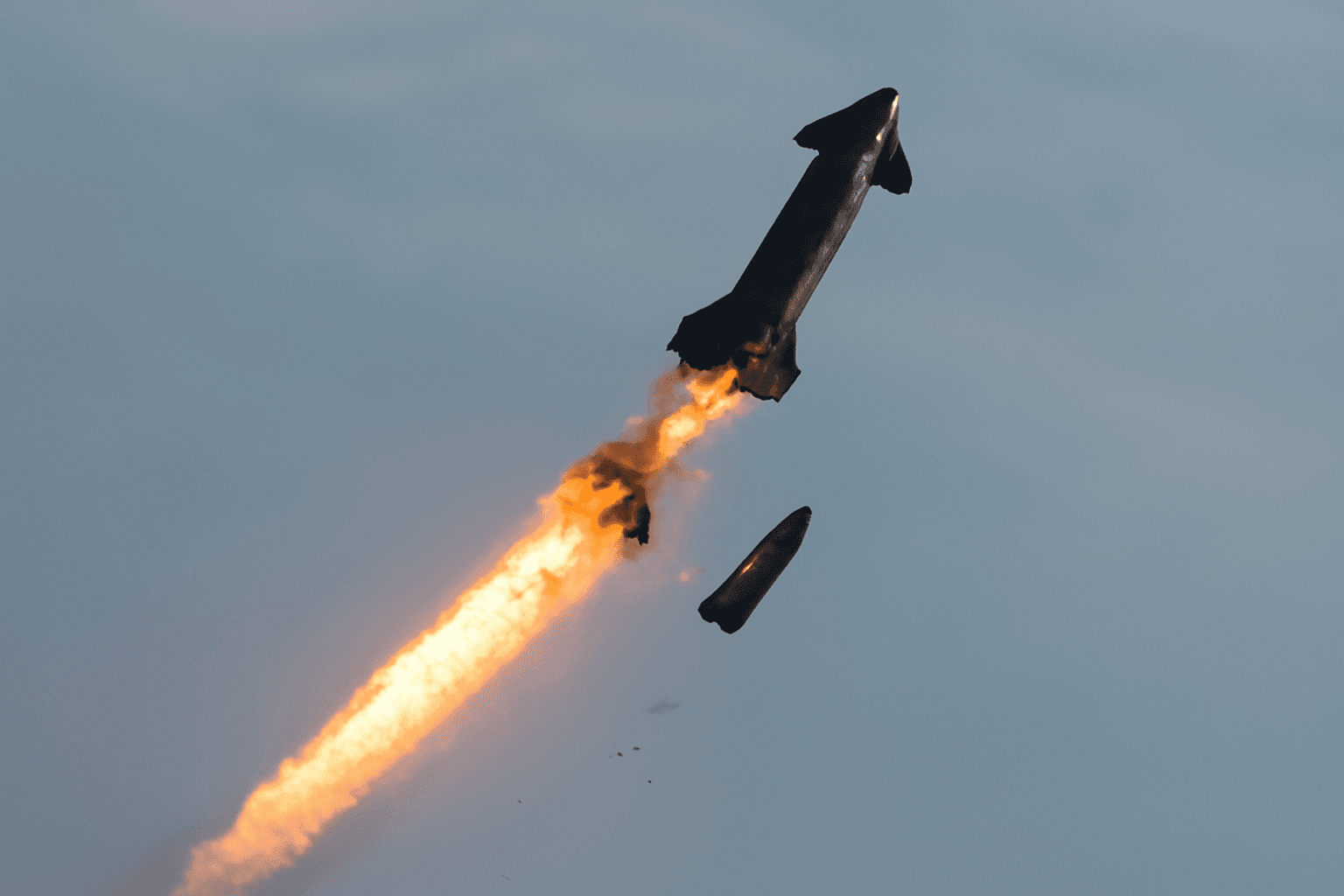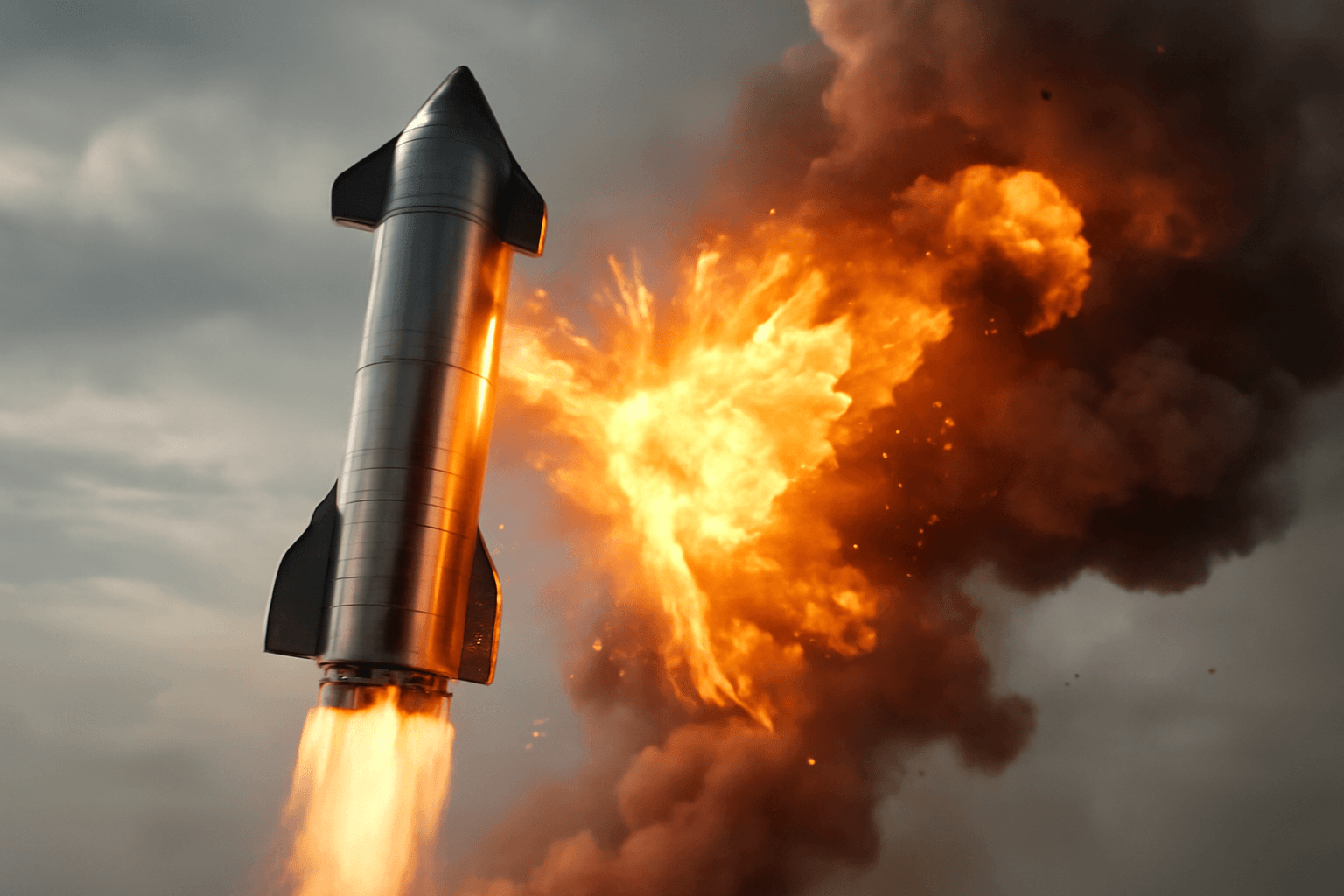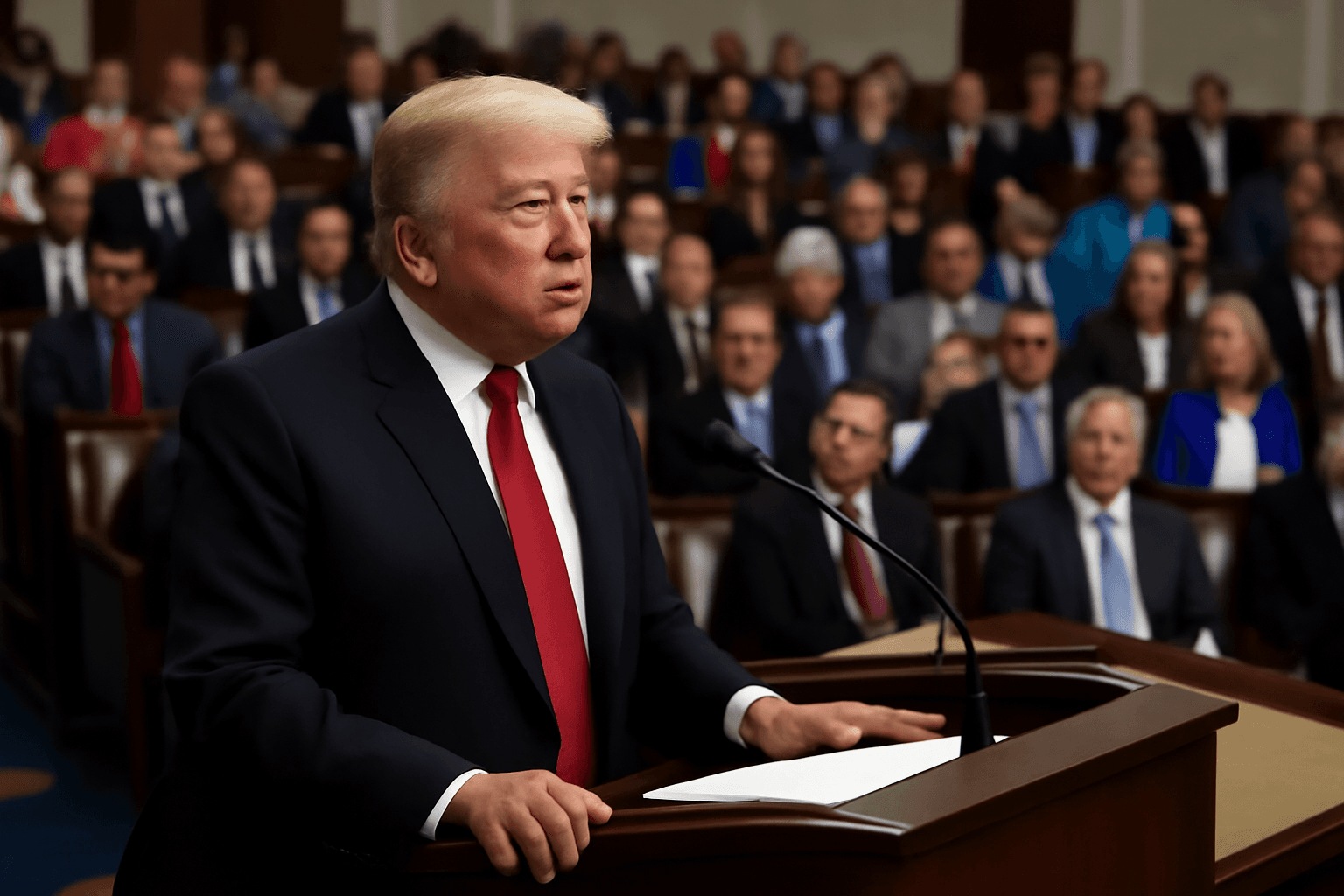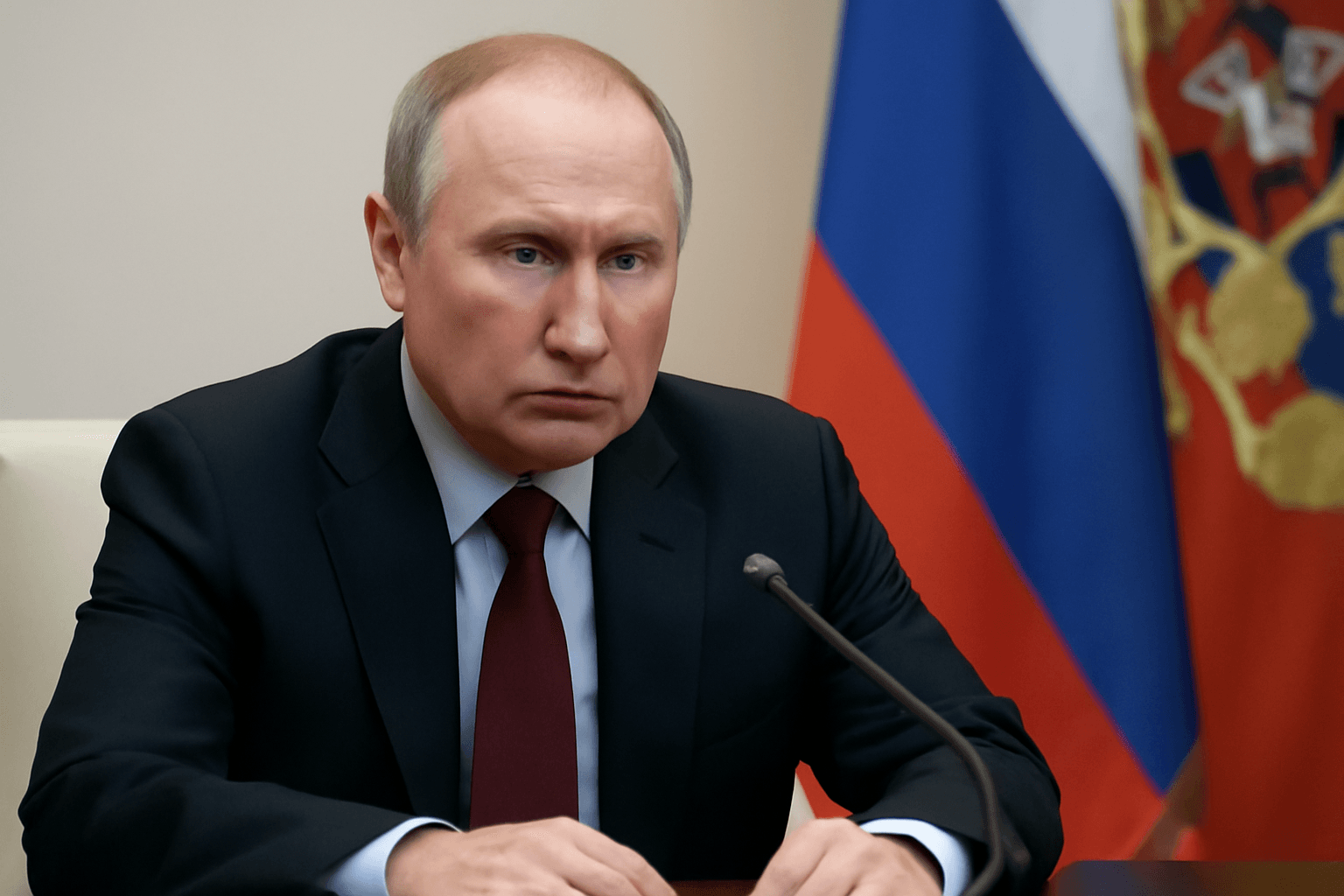Former President Donald Trump has unveiled an ambitious plan to develop a $175 billion missile defense system known as the Golden Dome, aiming for completion by 2029. This system is intended to protect the United States from long-range missile threats posed by adversaries such as China, Russia, North Korea, and Iran.
The project envisions deploying a network of space-based interceptors and sensors designed to detect and neutralize ballistic and hypersonic missile threats in real-time. Republicans in Congress have approved an initial $25 billion down payment to initiate development. However, the initiative has attracted considerable controversy regarding its technical feasibility, overall costs, and the influence of private industry, particularly SpaceX, founded by Elon Musk.
Controversy Surrounding Effectiveness and Costs
Trump has claimed the Golden Dome will provide a "100 percent protective shield" against missile attacks. Experts, however, caution that no missile defense system can guarantee complete interception, especially against sophisticated or large-scale missile barrages. The Congressional Budget Office estimates that the program’s costs could escalate to over $831 billion across two decades, far exceeding initial government projections.
Elon Musk’s Role and Industry Influence
SpaceX, alongside firms like Palantir and Anduril, is poised to be a major beneficiary of the project, with design contracts estimated to be worth between $6 billion and $10 billion. Musk's company is lobbying to develop the system's "custody layer"—the thousands of satellites responsible for tracking and potentially intercepting missiles. Critics express concern over Musk's dual involvement in government advisory roles and private sector lobbying, raising ethical questions about possible conflicts of interest and undue influence in Pentagon contract awards.
Historical Context and Strategic Implications
The Golden Dome revives a longstanding ambition to establish a national missile shield, a concept dating back to President Ronald Reagan’s 1983 Strategic Defense Initiative, popularly known as "Star Wars." That earlier program never materialized as envisioned but drew extensive funding for missile defense technologies. Today's initiative reflects ongoing concerns about emerging missile technologies, including hypersonic weapons and space-based threats.
Technical and Strategic Challenges
- Deploying hundreds of satellites equipped with advanced sensors and interceptors never tested at this scale.
- Developing new interceptor capabilities against hypersonic missiles capable of extreme speeds and maneuvering.
- Implementing laser and directed-energy weapons to neutralize missiles during their boost phase—a technological milestone yet unproven beyond laboratory experiments.
Analysts warn that the Golden Dome’s three-year timeline to full operational capacity is highly optimistic given the technological complexities involved.
International Reactions
China has criticized the project as destabilizing to global security, accusing the U.S. of prioritizing its own absolute security at others' expense. North Korea called it a provocative initiative that risks igniting a space-based arms race. Meanwhile, national security experts emphasize deterrence as the primary defense strategy rather than complete interception capability.
Ethical and Political Debate
Several members of Congress, notably Democrats, have called for an ethics investigation into Musk’s involvement, expressing concerns that public office and private interests may be improperly intertwined. Some commentators liken the project to a "pump and dump" scheme, where inflated promises secure substantial government spending that ultimately benefits contractors irrespective of system performance.
The Road Ahead
The Golden Dome’s future funding remains uncertain as it faces ongoing congressional scrutiny. Internationally, the project may impact arms control dialogues amid rising tensions among major powers. Musk and his affiliated companies continue efforts to secure key contracts, while ethical inquiries and political debates over the intersecting spheres of technology, defense, and finance loom.

